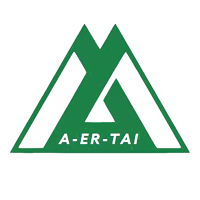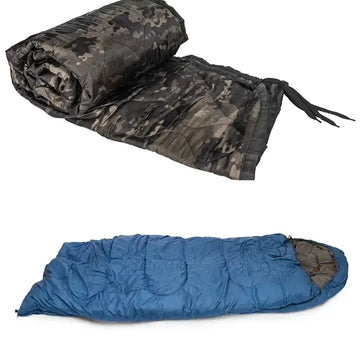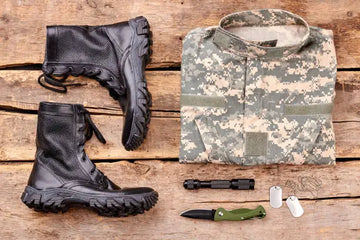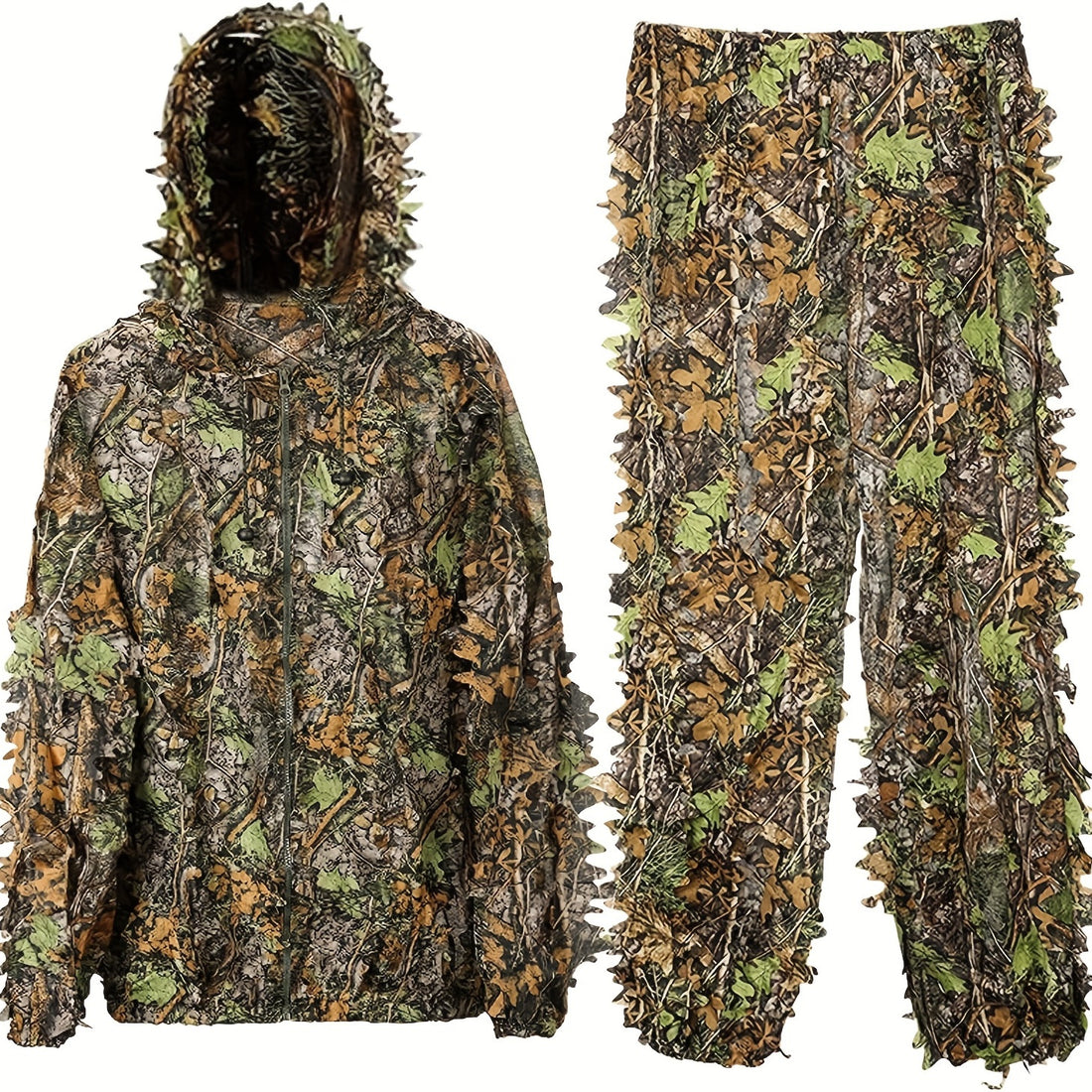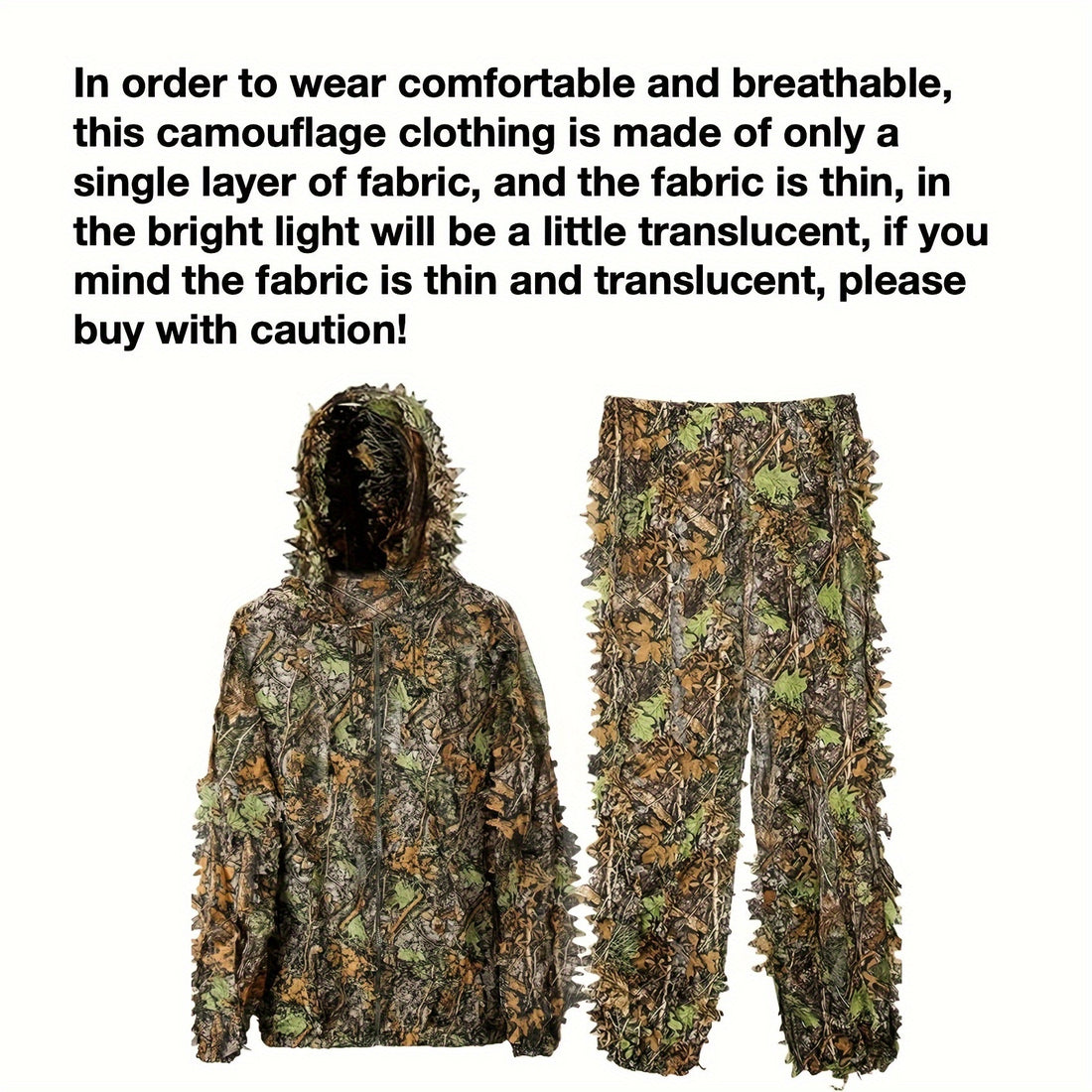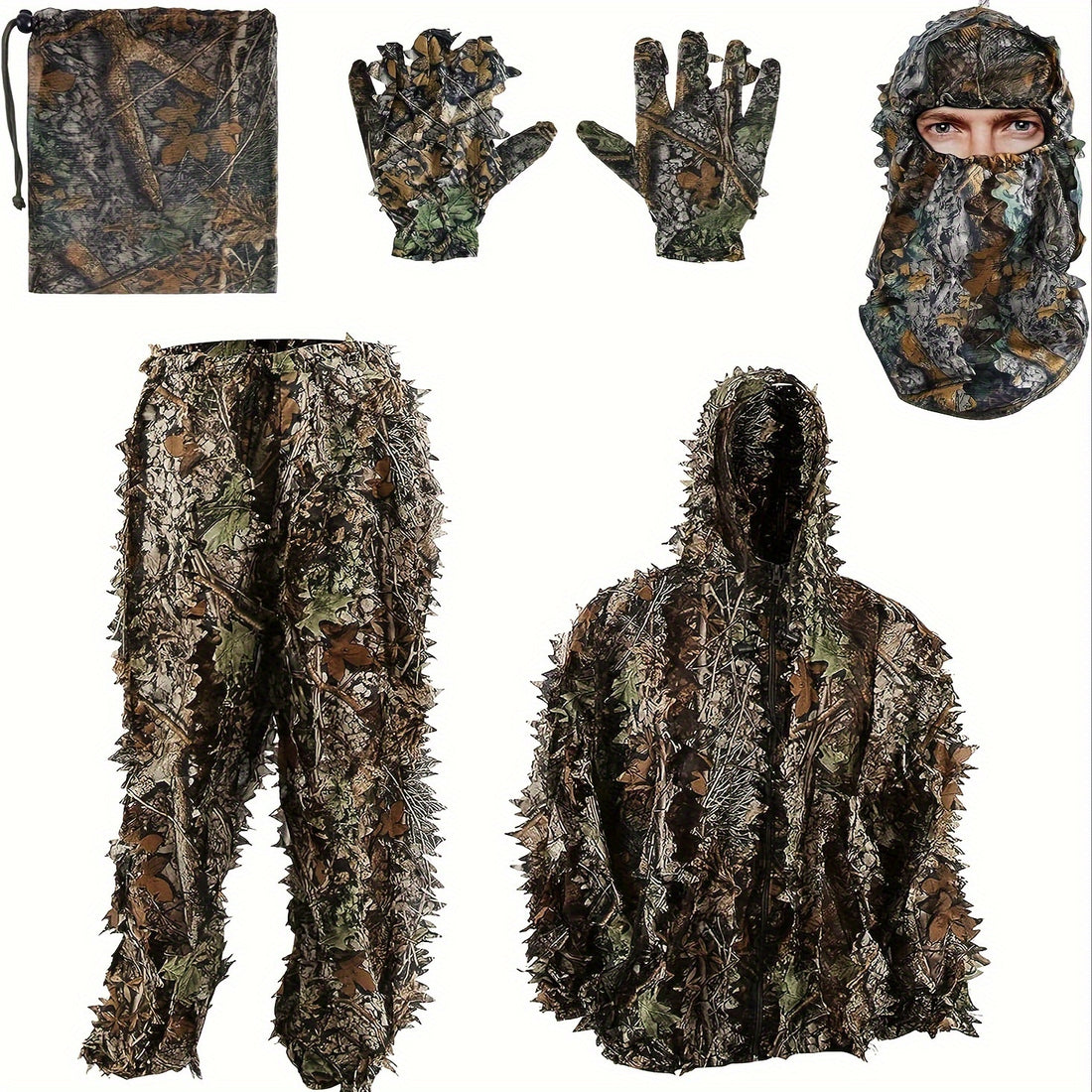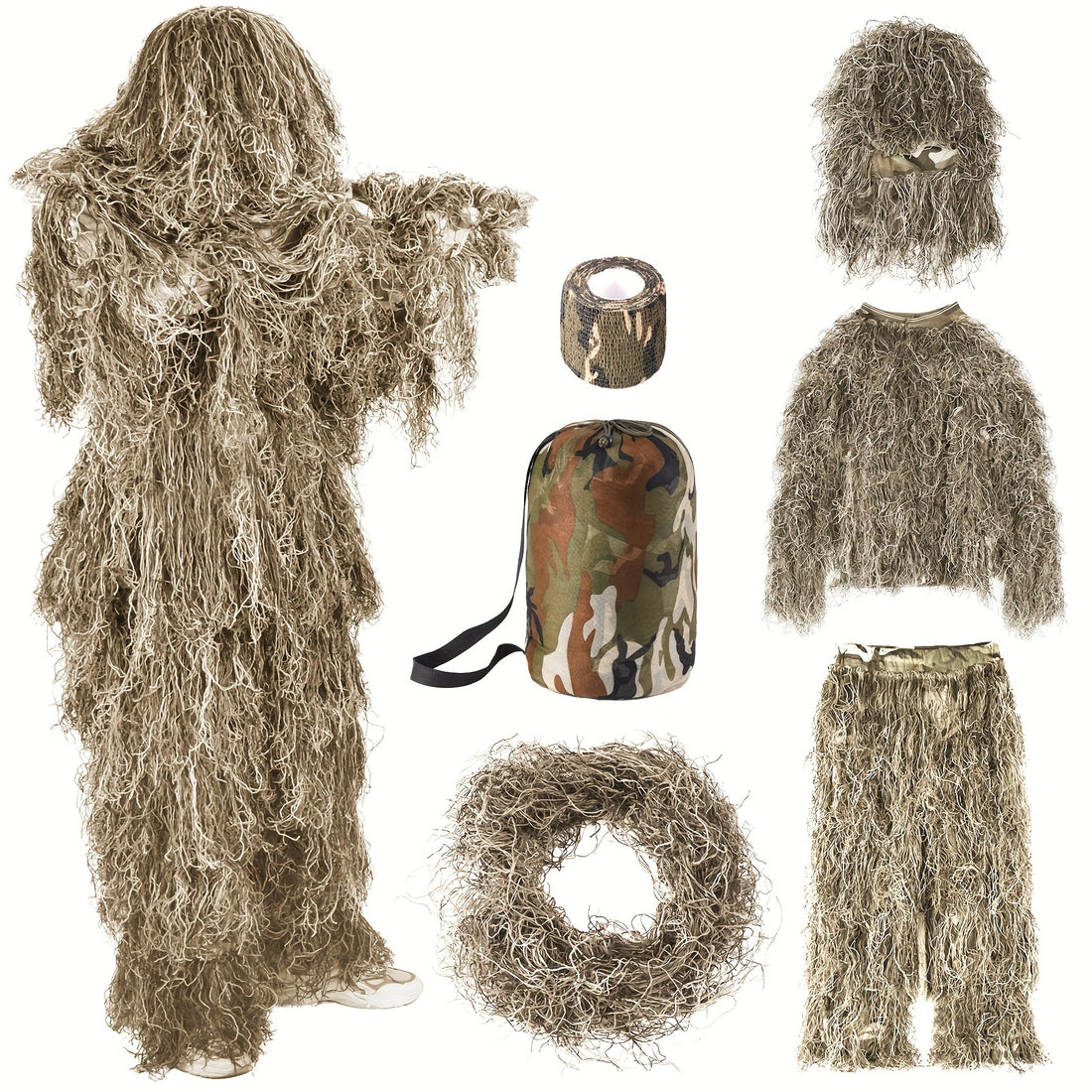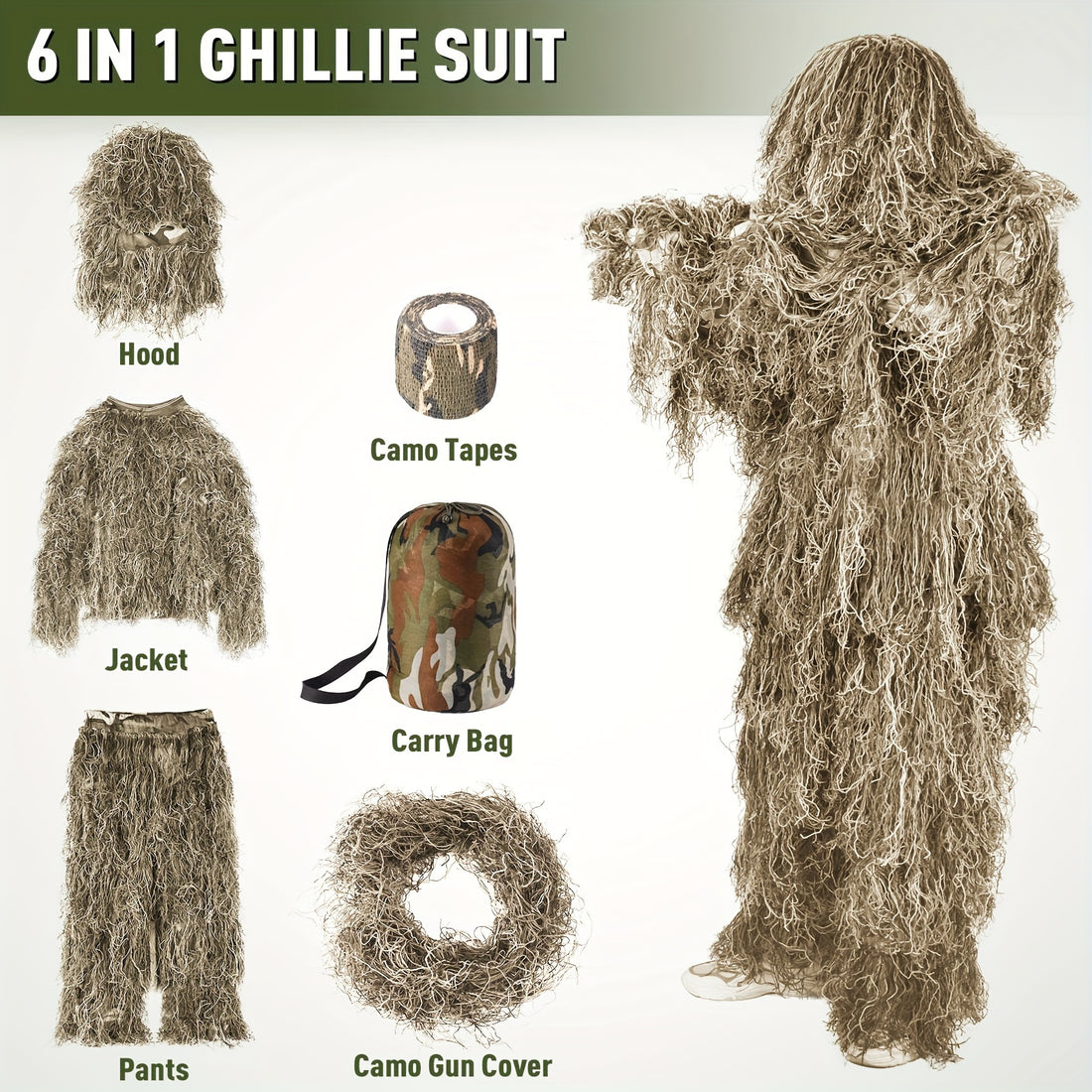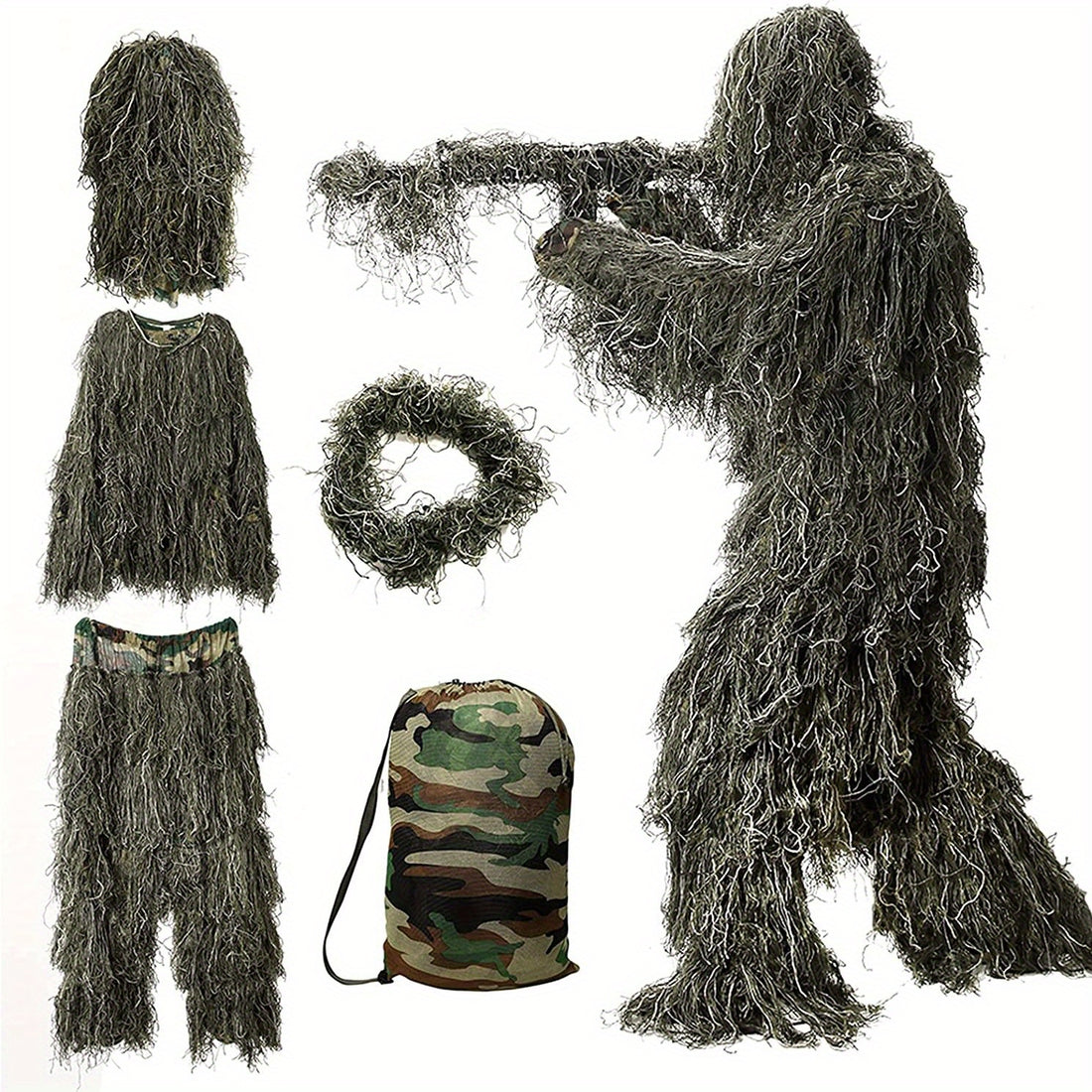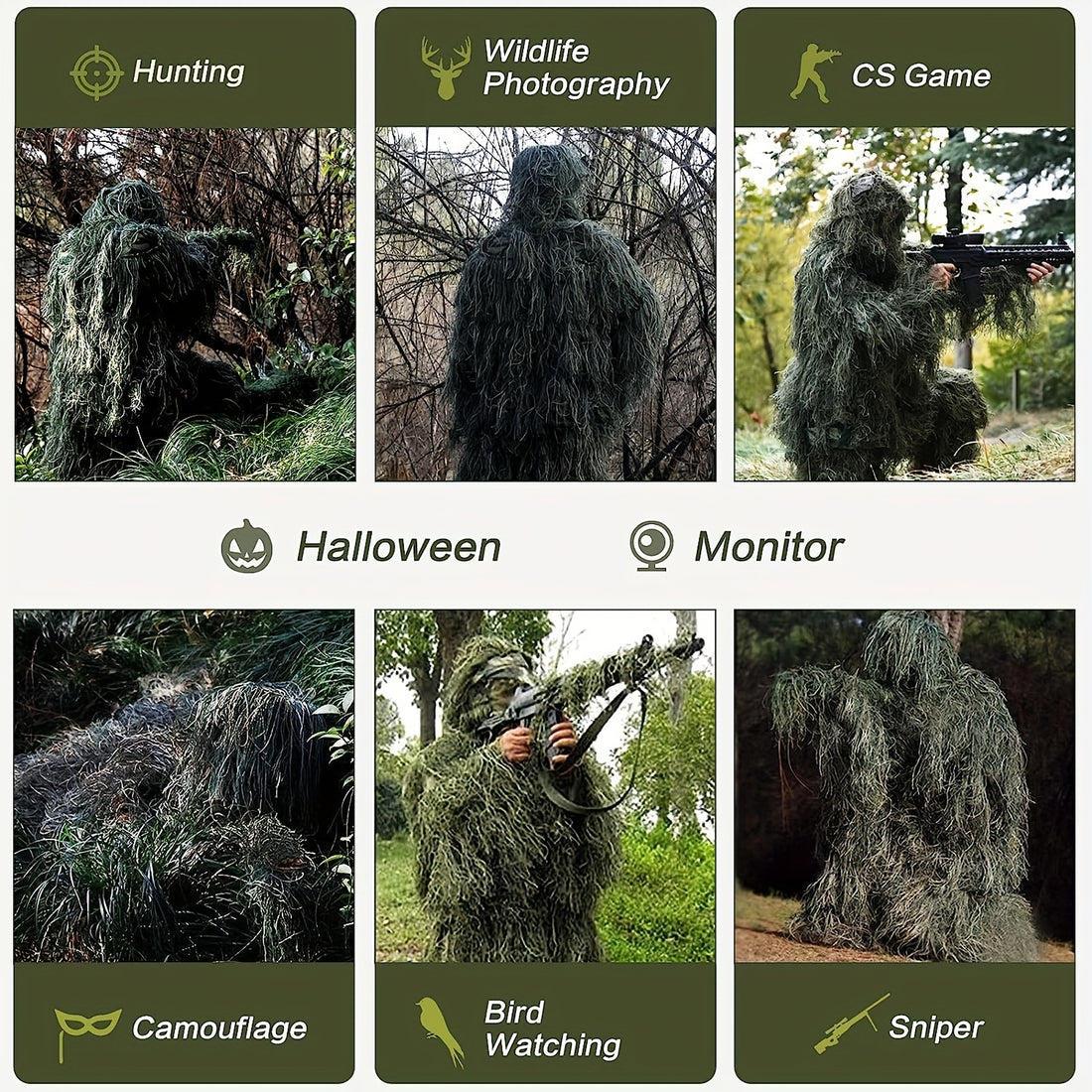A tactical jacket is constructed from durable materials and typically features coatings for water resistance and breathability. Taking proper care goes beyond basic cleaning; it helps preserve these properties so the jacket performs well in challenging environments.
This guide provides methods for cleaning, drying, and reapplying waterproofing to your tactical jacket.
The Foundation: Always Check the Care Label
Start every maintenance routine by consulting the care label from the manufacturer, located inside the jacket. This label offers precise guidance based on the specific fabrics, seams, and treatments used in your model. Adhering to it remains the best way to prevent unintended harm to the garment.
How to Properly Clean Your Tactical Jacket
Routine cleaning eliminates dirt, oils from the body, and other buildup that can weaken the fabric or block its breathable elements.
Step 1: Prepare the Jacket
Secure all zippers, Velcro closures, and buttons before washing. Doing so avoids snags that could lead to tears or wear during the process.
Step 2: Select the Appropriate Washing Method
- Machine Washing (Most Common): Opt for a front-loading machine when available, as top-loaders with agitators may cause excessive friction. Run a gentle cycle in cold water to protect the materials.
- Detergent Choice: Select a cleaner formulated for technical outdoor gear, such as Nikwax Tech Wash, or a mild liquid detergent free of fragrances and optical brighteners. Steer clear of powdered detergents, fabric softeners, and bleach, which can deposit residues that reduce water repellency and airflow.
- Hand Washing Option: If the jacket has stubborn stains or you want more control, wash it by hand in a basin filled with cold water and a suitable technical cleaner. Agitate gently by hand, then rinse multiple times until the water runs clear.

Drying Your Jacket: Reactivating Waterproofing
The drying process plays a vital role in upholding the jacket's water-resistant layer, often called Durable Water Repellent (DWR).
- Tumble Drying (Preferred Method): For jackets with DWR, use a low-heat setting in the dryer for 20 to 40 minutes. This heat helps revive the coating, allowing water to bead off the surface again. Always verify with the care label that drying is suitable.
- Air Drying Alternative: Lay the jacket flat or hang it in a shaded, airy spot away from direct sun or heat sources. Note that air drying might not fully reactivate the DWR, potentially leading to reduced water beading until treated further.
Restoring Tactical Jacket's Water Resistance with a DWR Treatment
The DWR on the jacket's exterior fabric naturally diminishes with exposure and washing. Reapply it when water absorbs into the material instead of rolling off.
-
Clean Thoroughly First: Any treatment works best on a spotless surface, so complete a full cleaning cycle beforehand.
-
Pick a Suitable DWR Product: Go for a wash-in formula or spray-on reproofing agent made for synthetic outdoor fabrics. Wash-in options provide uniform coverage, while sprays allow for spot treatment on high-wear areas.
- Apply and Set the Treatment: Adhere closely to the product's directions. Typically, after application, tumble dry on low heat to bond the formula to the fibers effectively.

Tactical Jacket: Proper Storage and Minor Repairs
- Storage Tips: Keep the jacket fully dry and clean when not in use. Hang it on a broad, padded hanger in a cool, dry space to maintain its shape. Avoid prolonged compression in a pack, which can crease the fabric or compress insulation over time.
- Handling Repairs: Fix small problems, such as frayed stitching, right away with basic sewing tools. For larger issues like seam rips or faulty zippers, seek help from a repair service experienced in tactical and outdoor apparel to preserve overall functionality.
Shop our tactical jackets
About Us
As a manufacturer and supplier of tactical gear with over 15 years of experience since 2009, we produce a wide selection of customizable products, including tactical jackets, vests, bags, modular pouches, and more.
The care guidelines shared here align with our recommendations for sustaining the durability of our equipment. For businesses interested in wholesale, B2B sourcing, or custom production, contact us to discuss tailored solutions.
